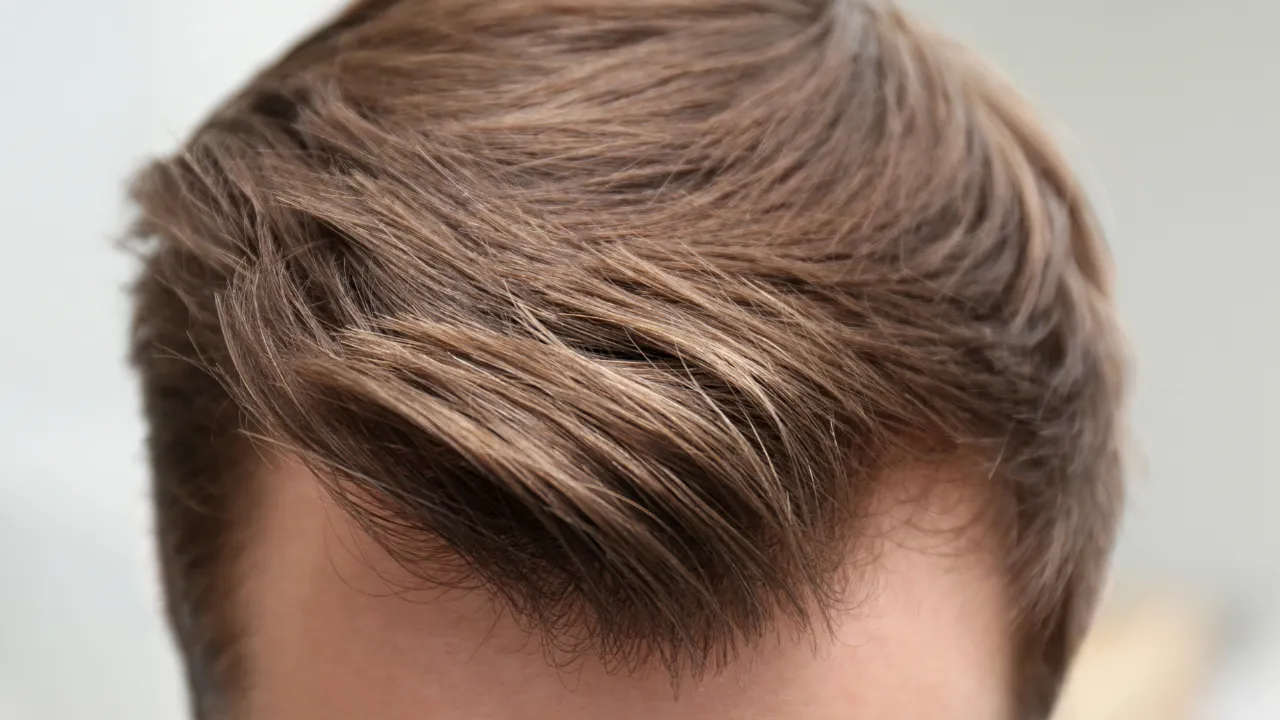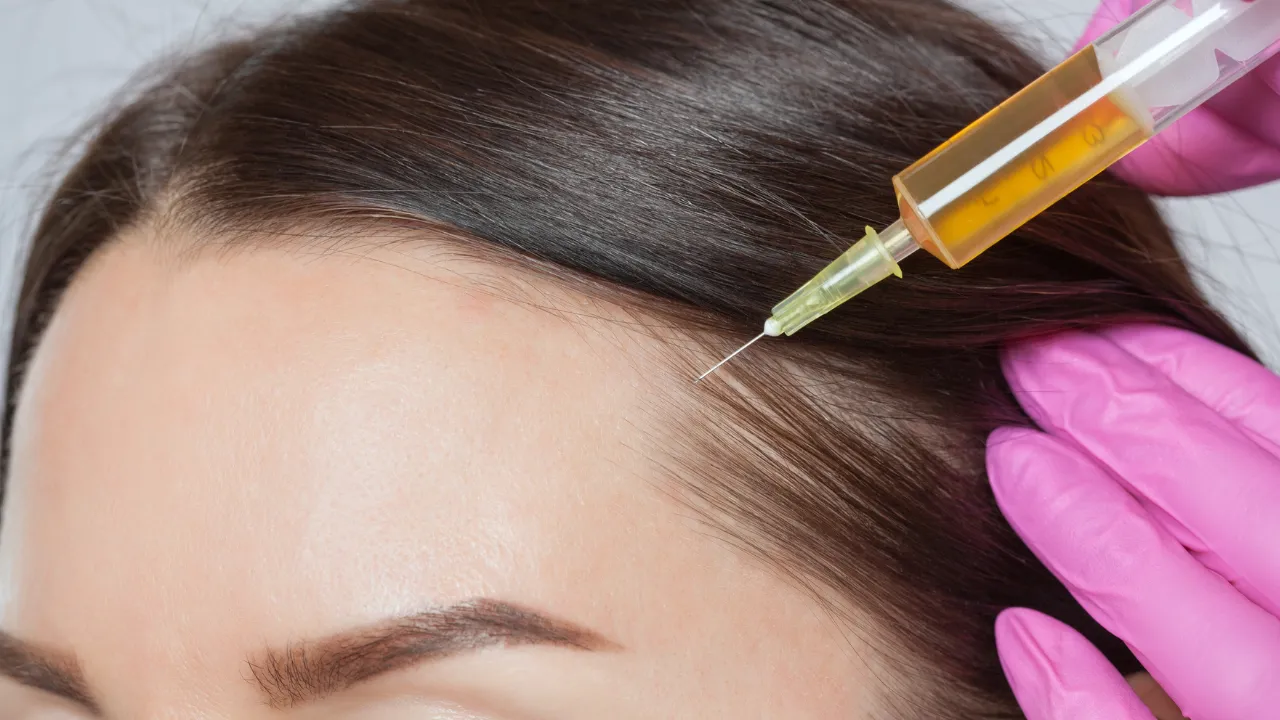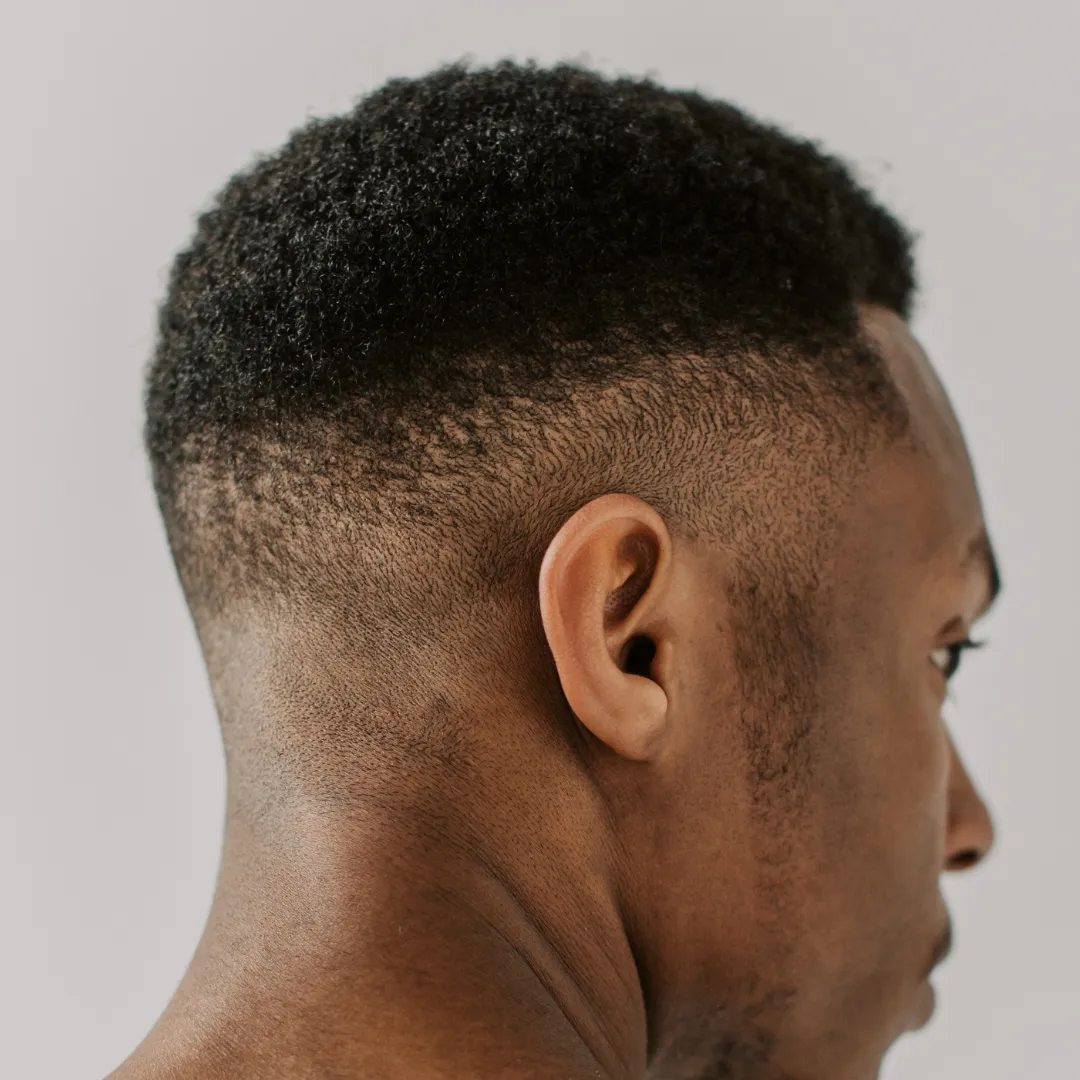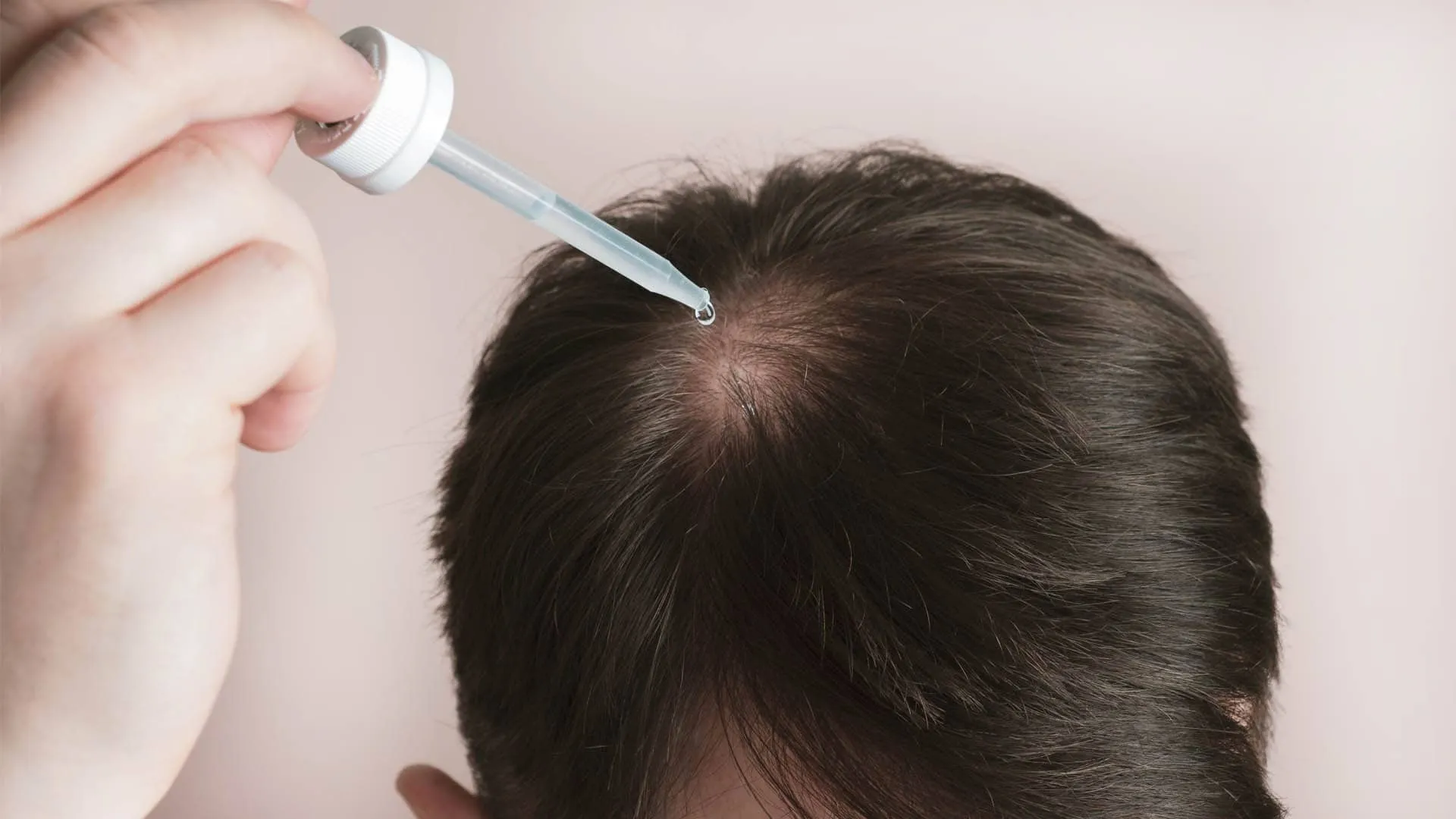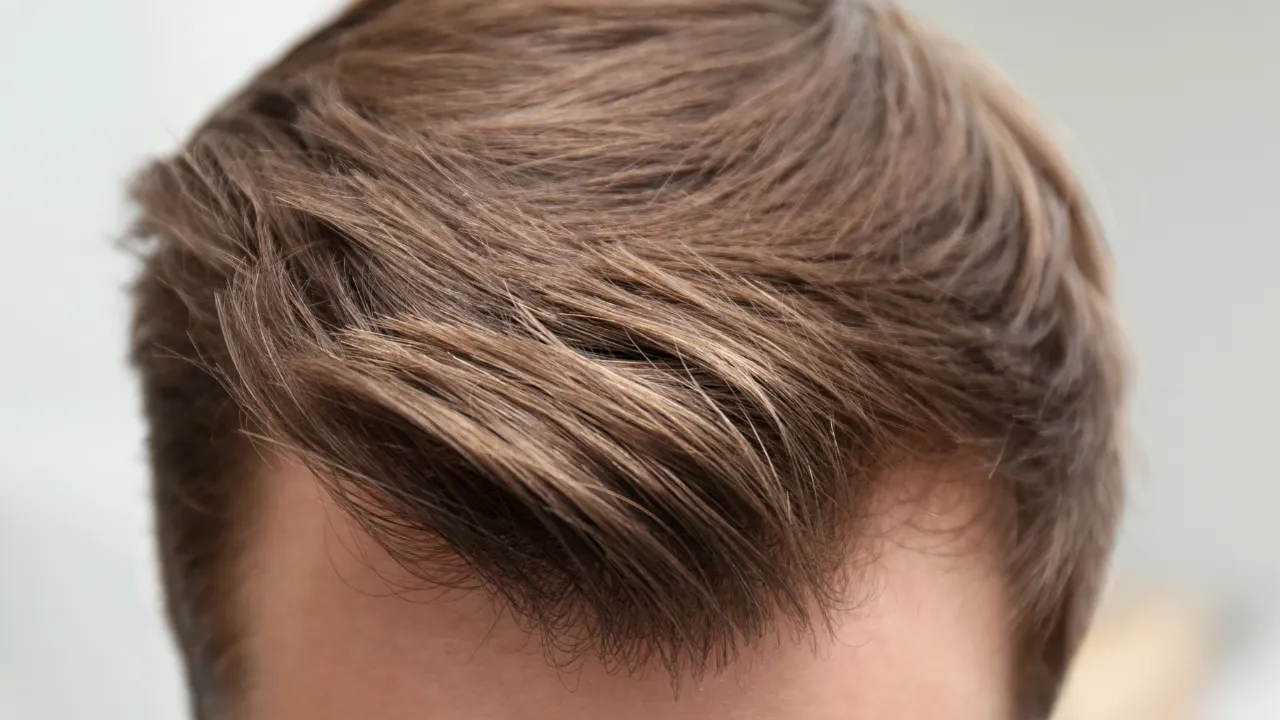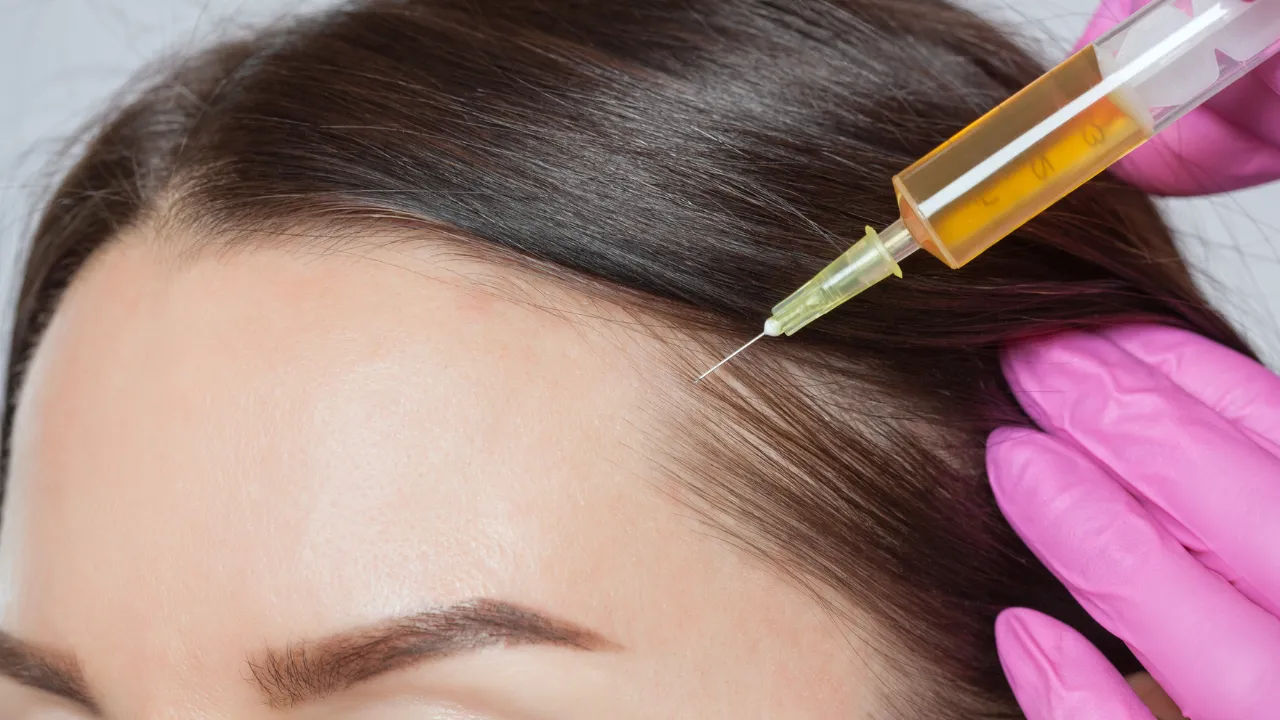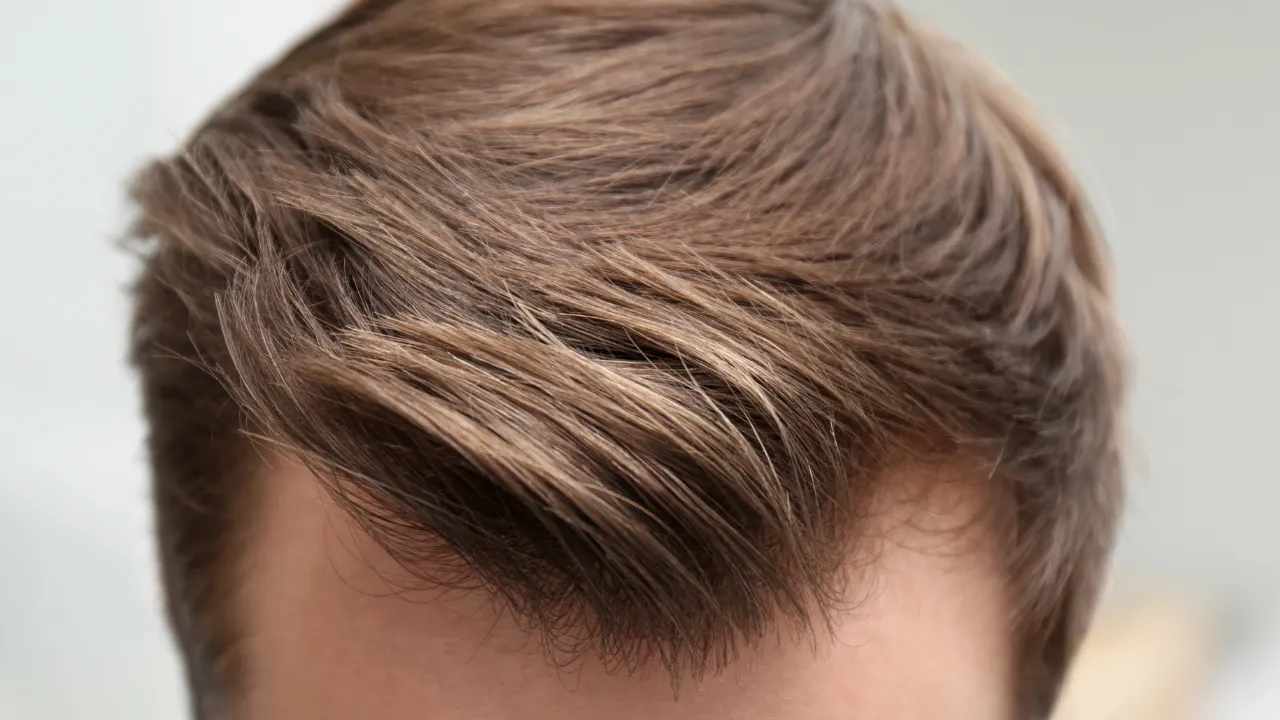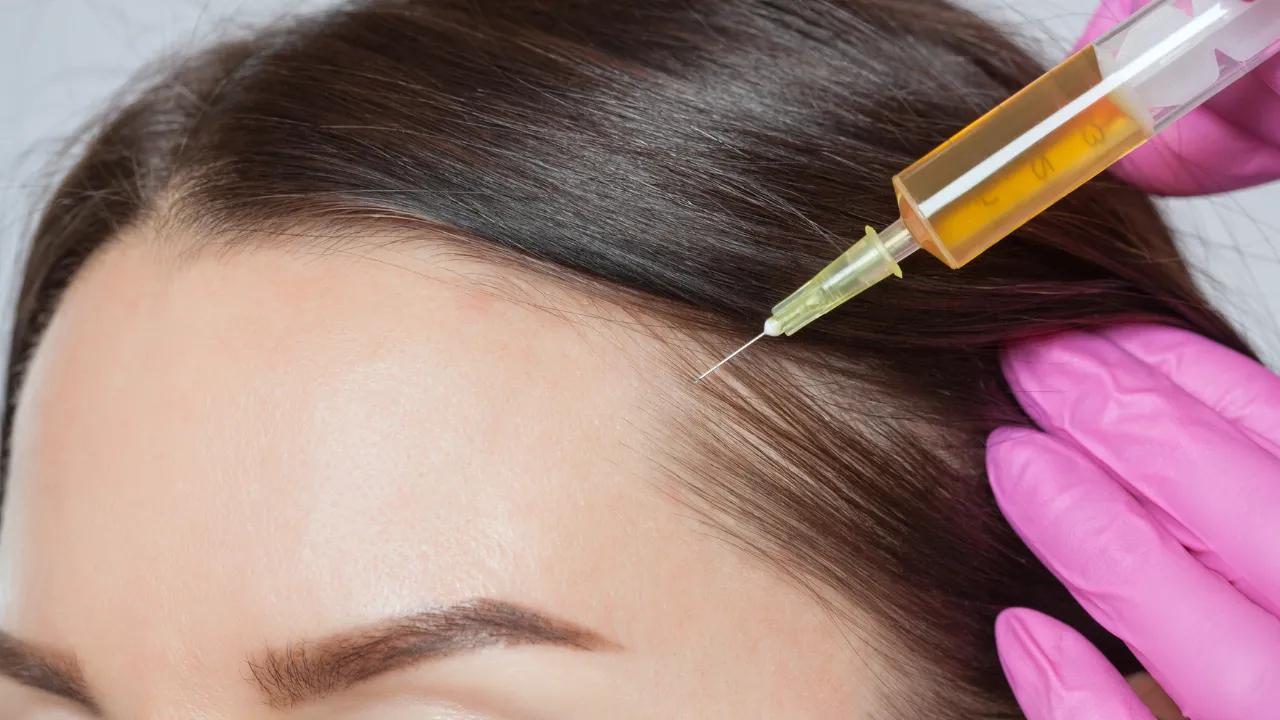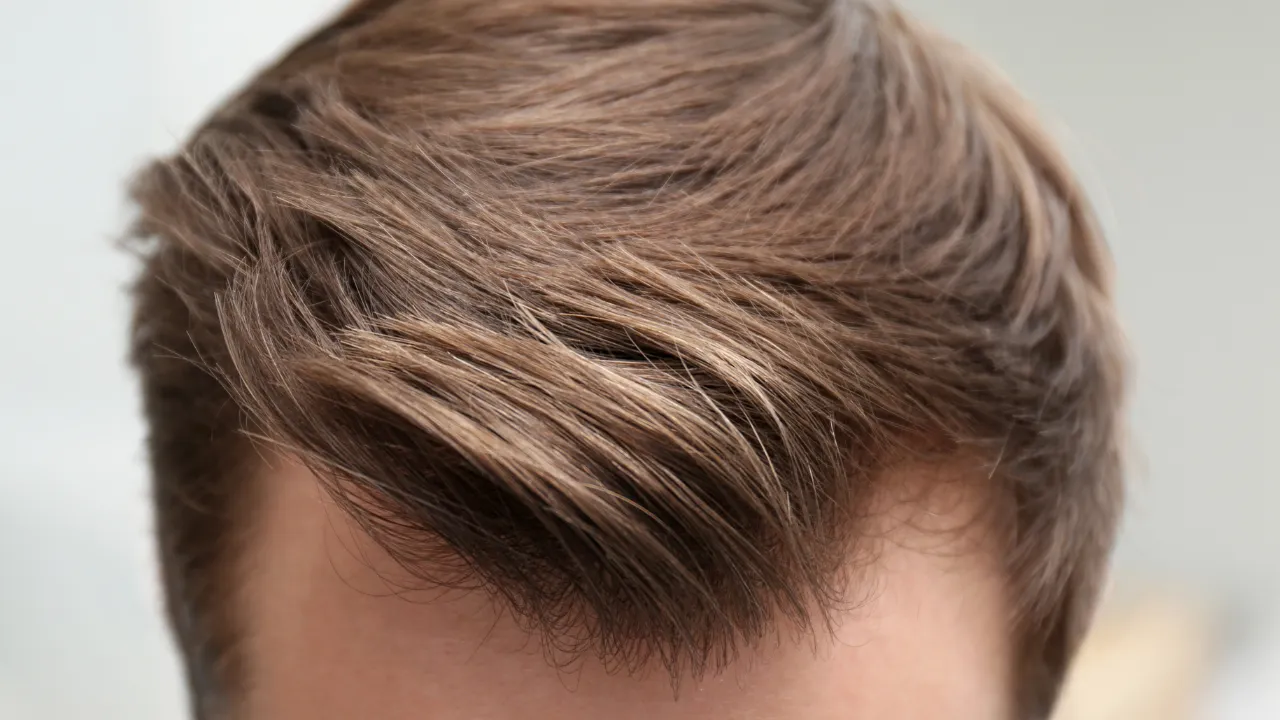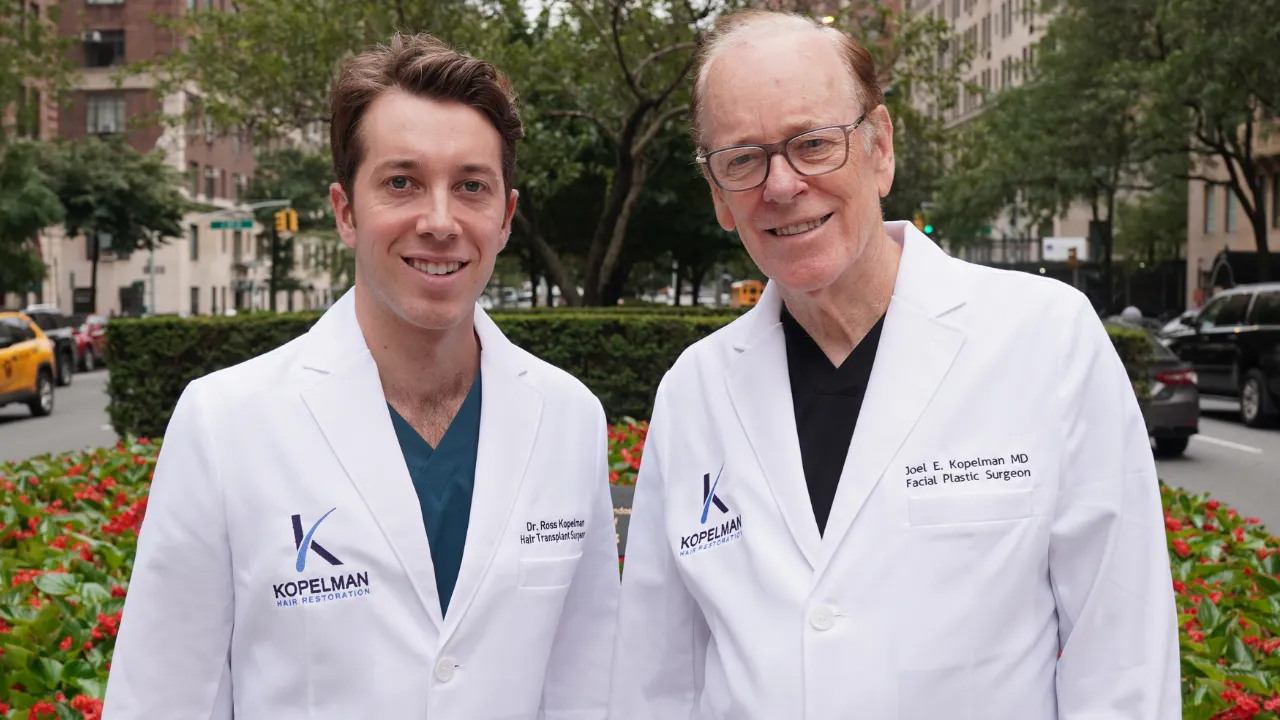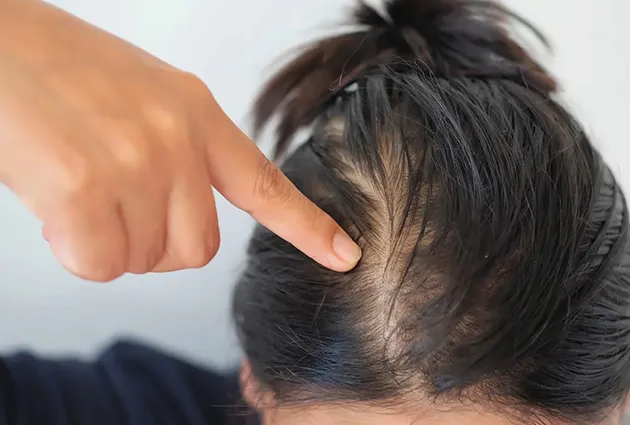At Kopelman Hair, we specialize in FUE hair transplants in NYC, offering state-of-the-art treatments tailored to your unique needs. Whether you’re experiencing thinning hair, a receding hairline, or more significant hair loss, our expert team is here to help restore your natural look and confidence. We understand how important it is to feel good about your appearance, and our comprehensive approach ensures you receive the best care possible.
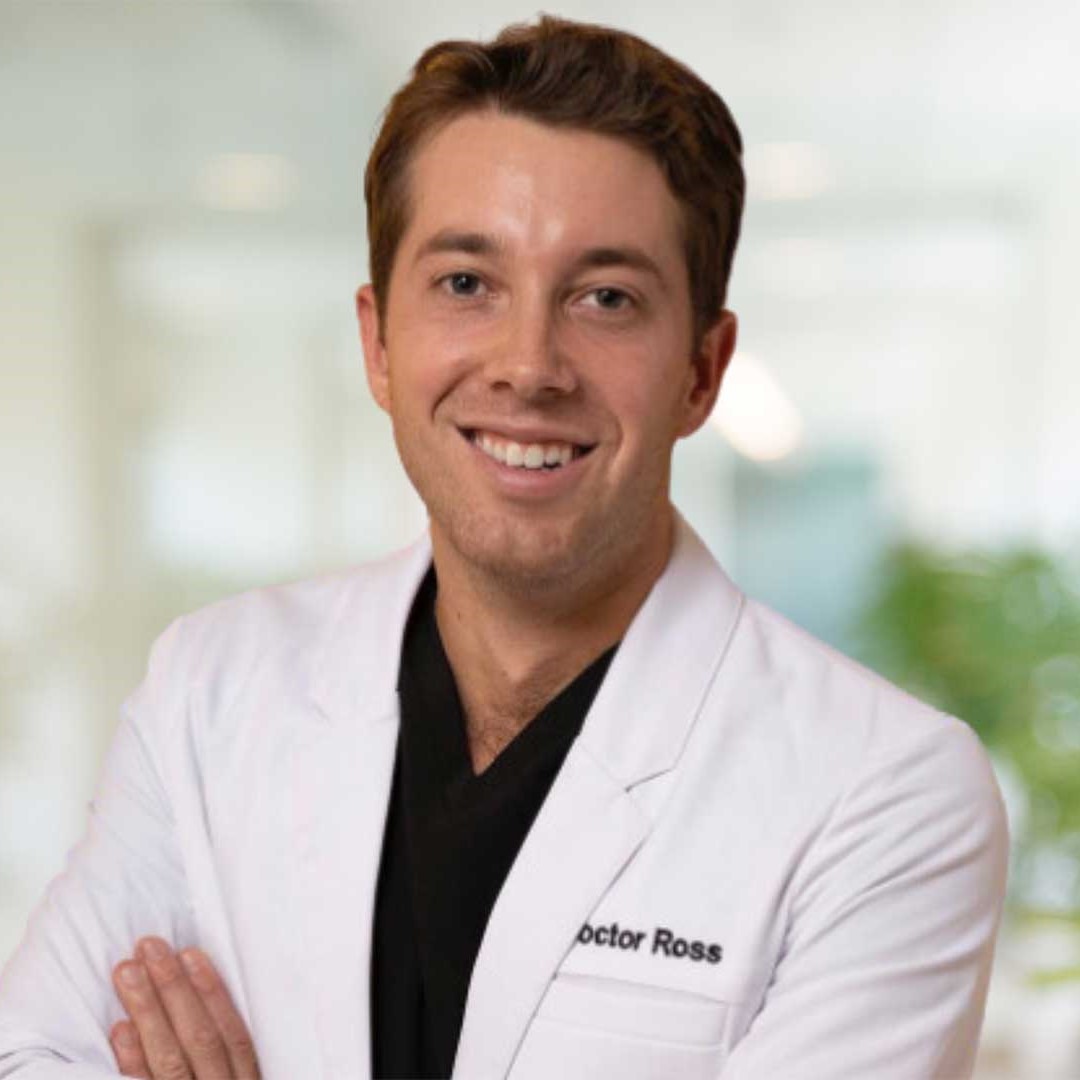
Dr. Ross Kopelman is a highly skilled hair restoration surgeon at Kopelman Hair Restoration, with expertise in a comprehensive array of hair loss treatments. He specializes in FUE (Follicular Unit Extraction) and FUT (Follicular Unit Transplantation) hair transplant techniques, as well as eyebrow and beard transplants. Dr. Kopelman is also proficient in non-invasive treatments like PRP (Platelet-Rich Plasma) therapy and mesotherapy. He completed his academic training at prestigious institutions, including NYU, Cornell University, and Tufts University, providing him with a robust foundation in both surgical and non-surgical hair restoration.
Follicular Unit Extraction (FUE) is a modern, minimally invasive hair transplant procedure that involves harvesting individual hair follicles from a donor area—typically the back or sides of the scalp—and implanting them into areas experiencing hair loss. This technique offers precision and natural-looking results. Unlike the older Follicular Unit Transplantation (FUT) method, FUE leaves minimal scarring and has a quicker recovery time, making it a preferred option for many men and women. The absence of a linear scar allows for more hairstyle flexibility post-procedure.
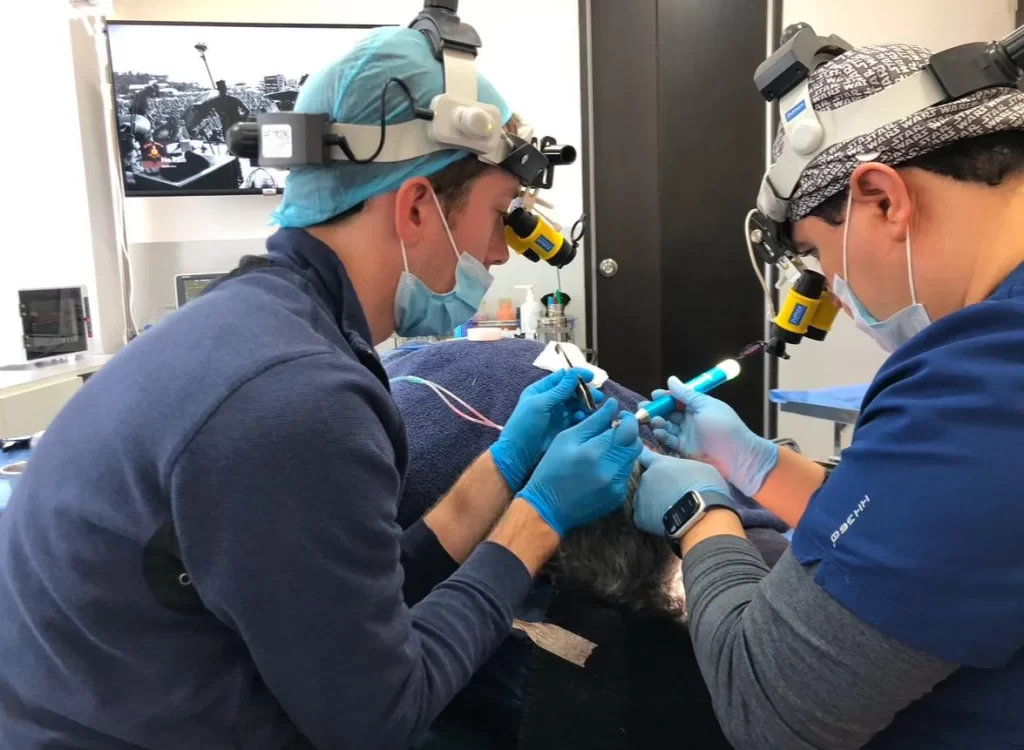
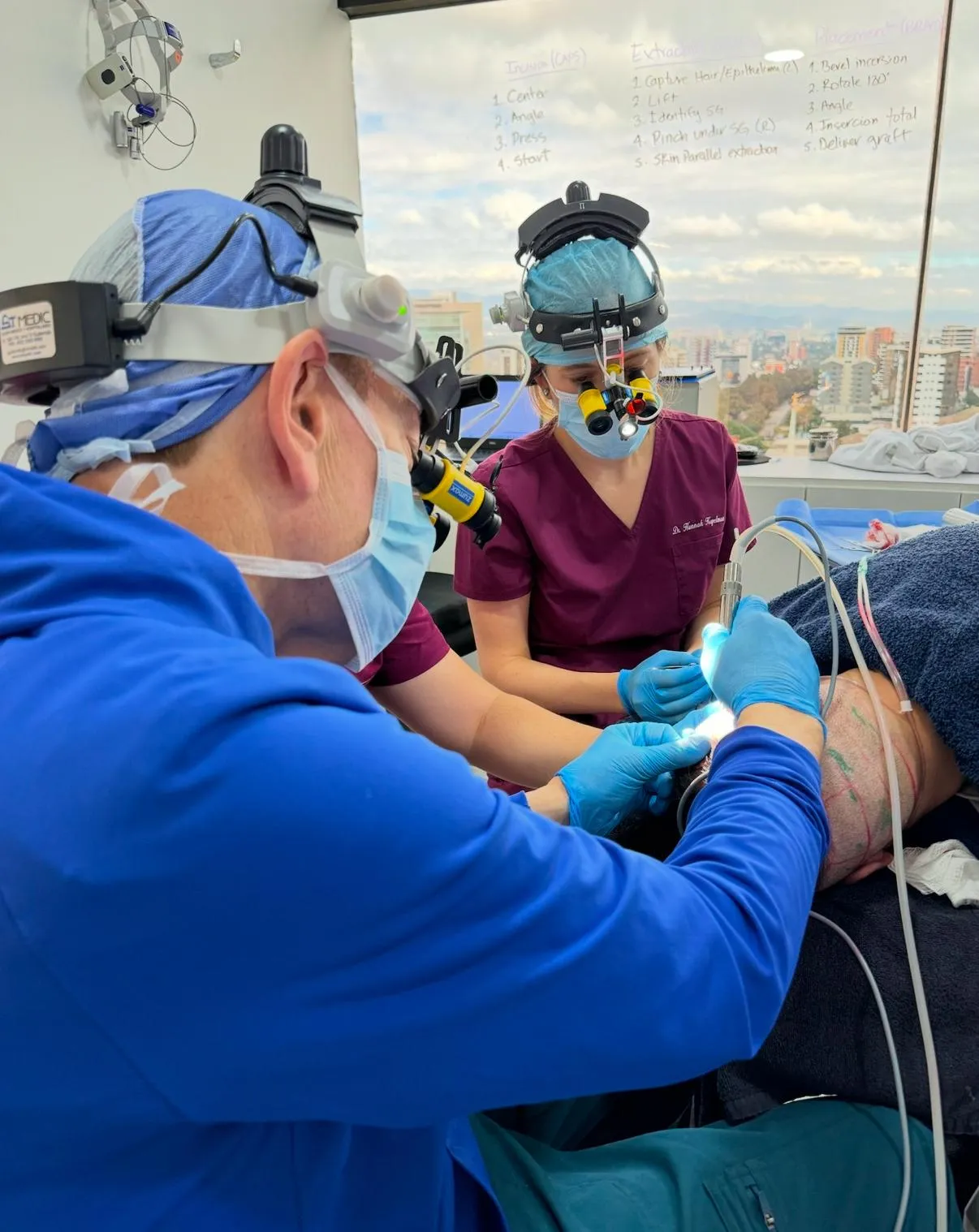
The most prevalent cause of hair loss is androgenetic alopecia, a hereditary condition that affects both men and women but manifests differently in each. In men, hair loss often begins with a receding hairline and thinning at the temples, commonly referred to as frontal and temporal recession. This pattern is classified using the Hamilton-Norwood scale. For women, hair thinning typically starts at the crown while the frontal hairline remains intact. The Ludwig scale is used to categorize the severity of female pattern hair loss.
Aside from genetic factors, hair loss can result from several other causes, including:
Medications: Certain prescriptions, such as chemotherapy drugs, can lead to temporary or permanent hair loss.
Hormonal Changes: Conditions like pregnancy, menopause, or thyroid issues can disrupt normal hair growth.
Autoimmune Disorders: Diseases like alopecia areata cause the immune system to attack hair follicles.
Injury: Scarring from physical trauma or burns may prevent hair from growing in affected areas.
Stress: High levels of stress can trigger hair shedding, a condition known as telogen effluvium.
Certain Hairstyles: Tight hairstyles like braids or ponytails can cause traction alopecia over time.
At Kopelman Hair, we are dedicated to identifying the root cause of your hair loss and providing the most effective treatment. Dr. Kopelman’s expertise and personalized approach ensure that every patient receives tailored care in a compassionate, welcoming environment.
Posted on
Premium Hair Grafting in NYC: Our hair grafting techniques ensure high survival rates and natural results. We use refined methods to handle each follicle delicately, promoting healthy growth.
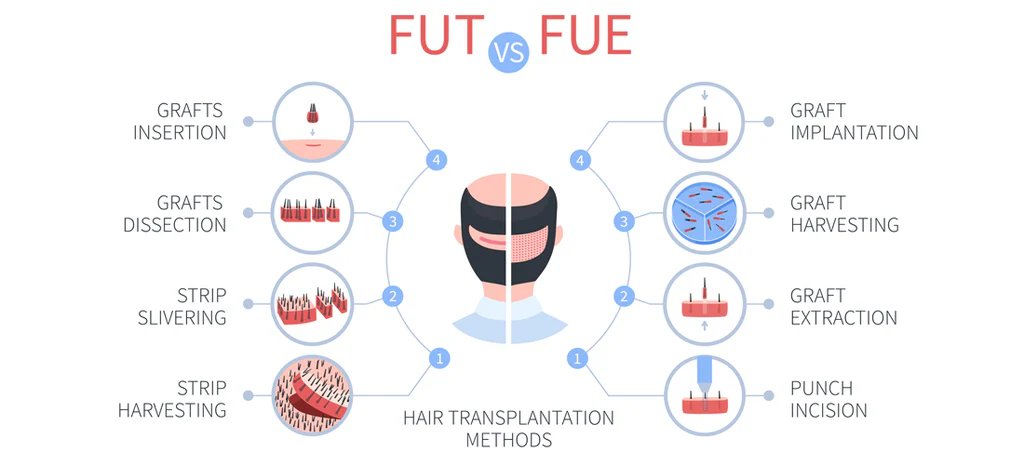
Before deciding whether to pursue a Follicular Unit Extraction in NYC with Dr. Kopelman, consider what makes a good candidate:
During your consultation, our team will evaluate your scalp and discuss the best treatment options for your needs. We’ll consider factors such as hair type, scalp health, and your overall aesthetic goals.

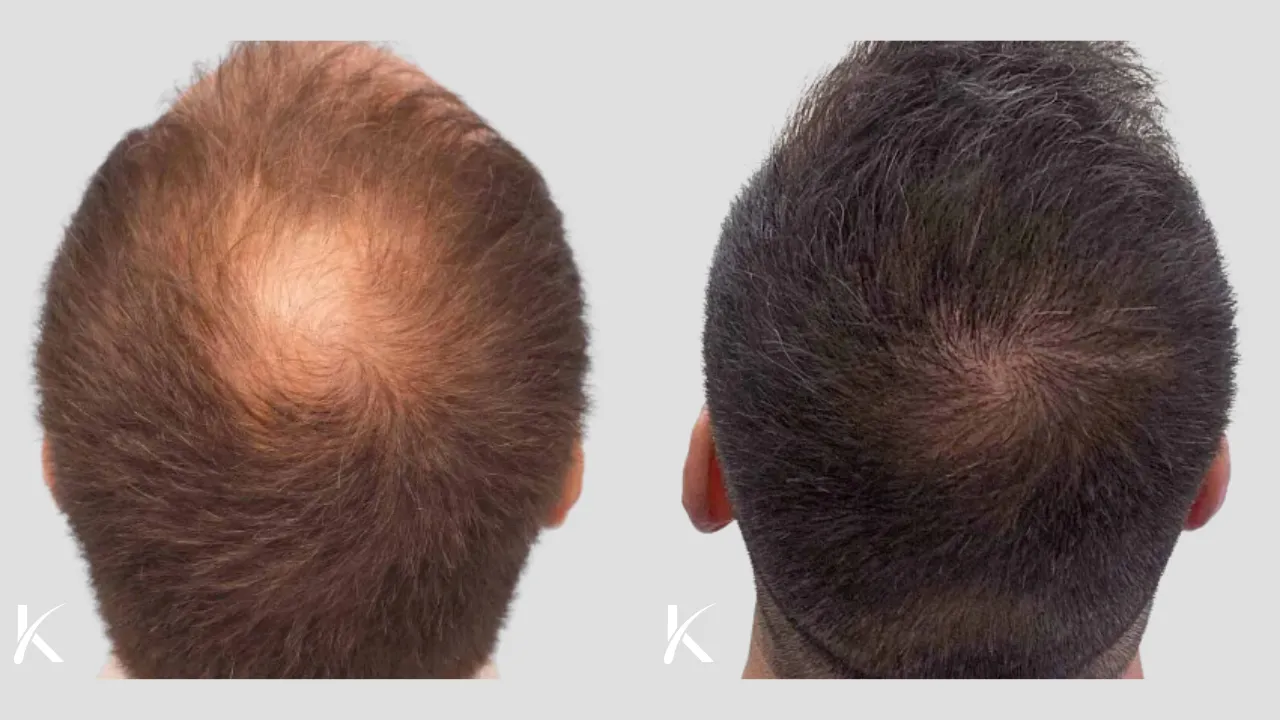
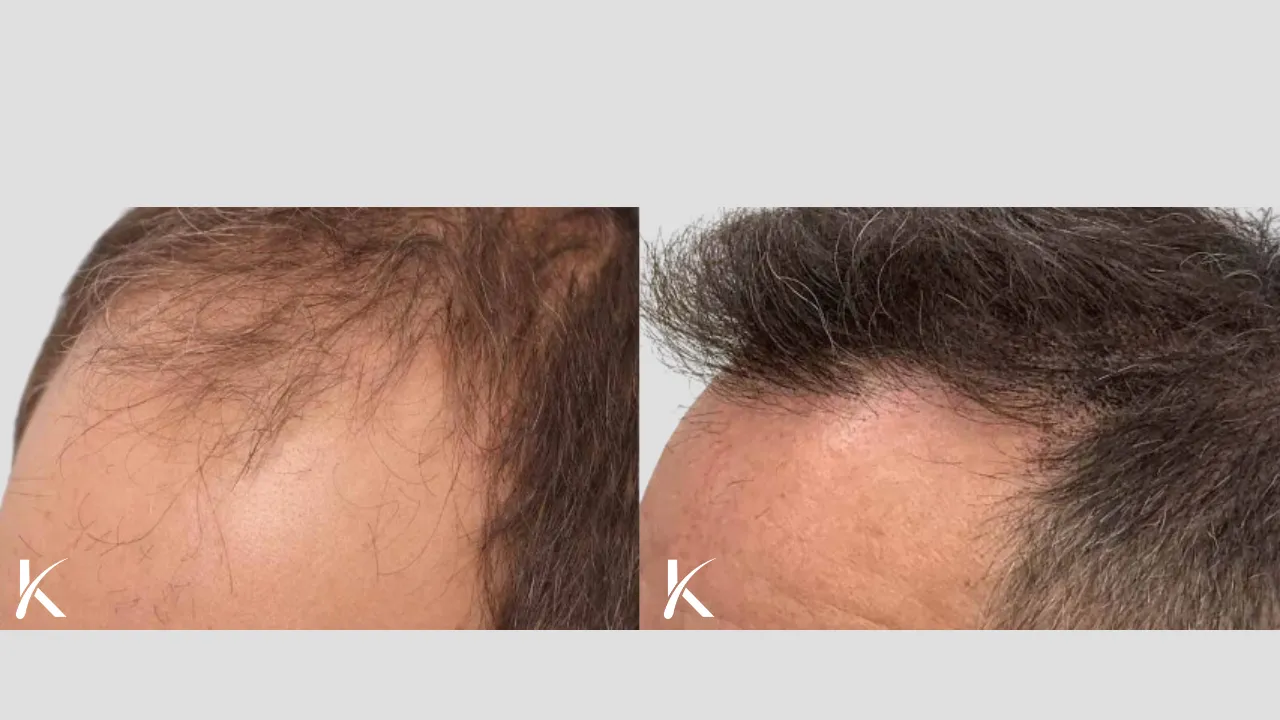

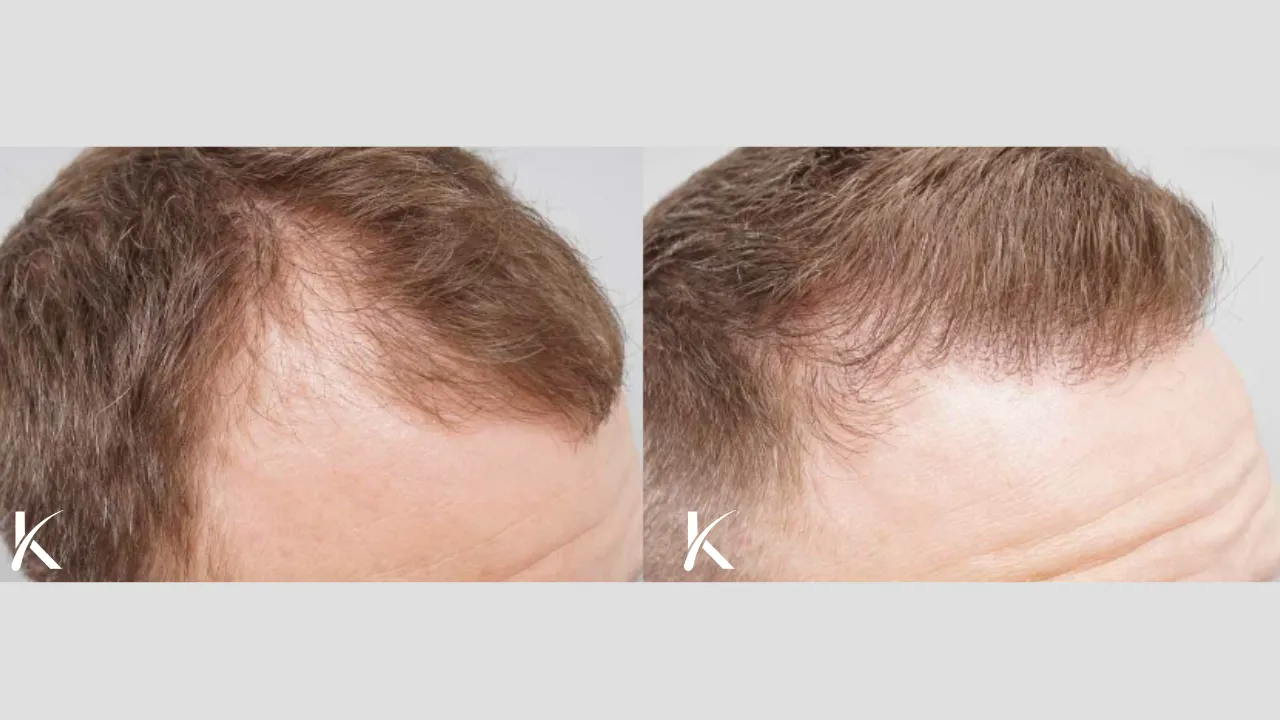
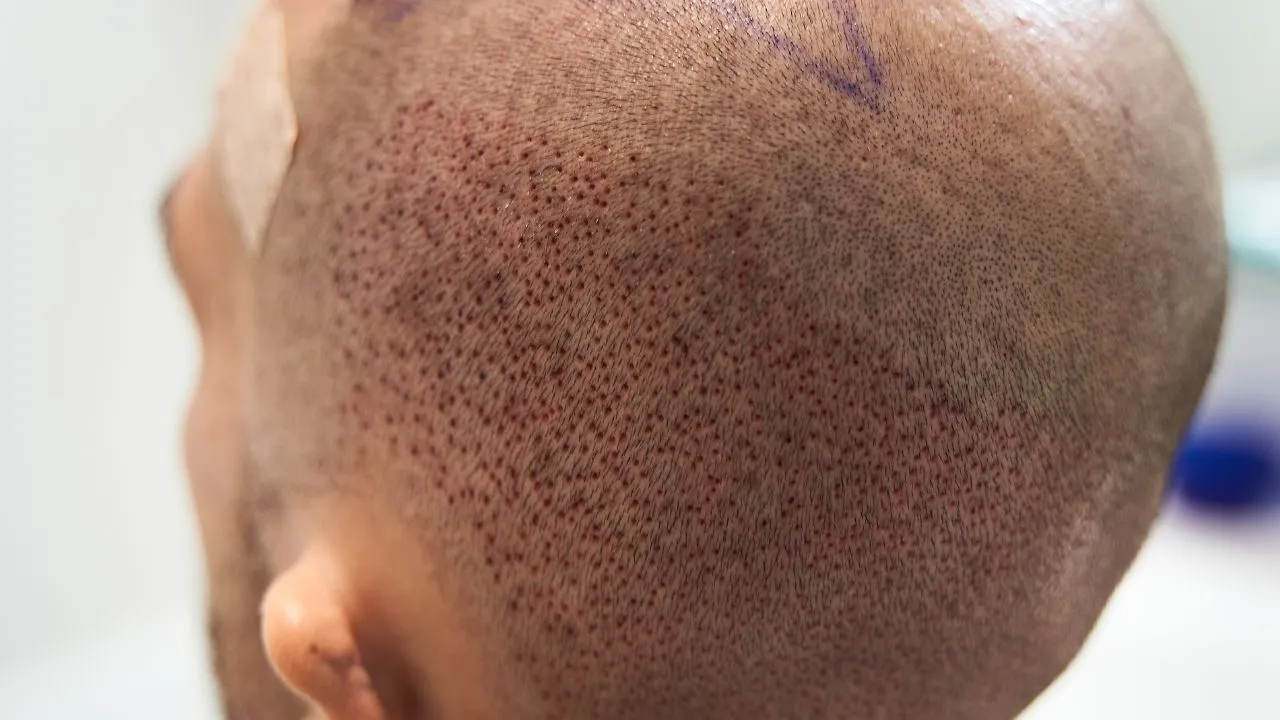
Located in the heart of New York City, Kopelman Hair has become a trusted name in NYC hair restoration. Our commitment to excellence, personalized care, and cutting-edge techniques has earned us a reputation as one of the top hair transplant NYC clinics. We pride ourselves on delivering outstanding results and maintaining the highest standards of patient care. Whether you’re looking for the best hair implants NYC or comprehensive hair transplant New York services, Kopelman Hair is your go-to destination.
Immediately following the procedure, it’s normal for your scalp to feel tender. Dr. Kopelman may provide a bandage to cover the treated areas for a day or two. To manage any discomfort and prevent infection, you might be prescribed pain medication, anti-inflammatory drugs, and antibiotics.
In the first few days post-surgery, experiencing some swelling and slight discomfort is typical. However, these symptoms should subside relatively quickly. Dr. Kopelman advises against washing your hair or taking showers during this initial period to facilitate proper healing of the scalp. Sleeping with your head elevated is also recommended to help reduce swelling.
Most patients can expect to return to work and resume most of their regular activities within a few days after the surgery. You can start washing your hair gently after a few days, but it’s crucial to adhere to the specific care instructions provided by Dr. Kopelman. To aid in the healing process, strenuous activities and exercise should be avoided for at least a week to prevent unnecessary swelling and increased blood flow to the scalp.
During this period, it’s common for the transplanted hair to shed, which is a normal and expected part of the hair transplant process. Continued care is important during this phase to avoid any activities that could potentially harm the new hair follicles.
Around three months post-procedure, you should start to notice new hair growth. This new hair may initially appear thin and fine but is expected to thicken over time, leading to the desired fuller appearance.
The full results of your FUE hair transplant should become evident between six to twelve months after the procedure. Regular follow-up appointments with Dr. Kopelman are essential during this time to monitor your progress and address any questions or concerns you may have. Throughout the recovery process, it’s vital to follow all post-operative instructions provided by Dr. Kopelman to ensure optimal healing and the best possible results from your FUE hair transplant.
The procedure is performed under local anesthesia, ensuring minimal discomfort. Most patients report only mild soreness after the procedure.
Depending on the number of grafts, the procedure can take anywhere from 4 to 8 hours. Larger sessions may require multiple appointments.
Initial hair growth typically begins within 3-4 months, with full results visible after 12-18 months. Patience is key, as the final outcome develops gradually.
As with any hair transplant surgery, there are minor risks like swelling or temporary numbness, but these are rare and typically resolve quickly. Our team takes every precaution to minimize potential complications.
FUE transplants are permanent. The transplanted hair is resistant to the hormone that causes hair loss, ensuring long-lasting results.
The cost of 5000 hair grafts varies depending on location and clinic. It typically ranges from $20,000 to $25,000 in the United States.
Yes, hair loss treatments are appropriate for both men and women. If you are noticing your hair becoming thinner, finer, or your part becoming wider and more visible, or you have balding areas, hair restoration treatments can help you look and feel younger and more attractive.
You can go out in public after a few days, but the signs of a hair transplant might still be visible for up to 10 days. By days 6 or 7, you can wear a loosely fitting baseball cap. After 10 days, the follicular grafts are securely in place, and any remaining scabs can be gently washed away.






Dr. Joel Kopelman and Dr. Ross Kopelman are well-known, experienced facial plastic and hair transplant surgeons with a combined 40+ years of expertise. Dr. Joel Kopelman brings decades of experience delivering natural, transformative results, while Dr. Ross Kopelman complements this with expertise in advanced hair restoration techniques, including FUE, FUT, and non-invasive treatments like PRP therapy and mesotherapy. Together, they offer comprehensive, personalized care to ensure exceptional outcomes for every patient.
Ready to take the next step towards restoring your hair and confidence? Contact Kopelman Hair to schedule your personalized consultation for an FUE hair transplant in NYC. Our expert hair transplant surgeons are here to guide you through every step of your hair restoration journey. Let us help you achieve the natural, full head of hair you’ve been dreaming of.
Kopelman Hair Restoration
1112 Park Ave #1A, New York, NY 10128
(212) 470-4076
